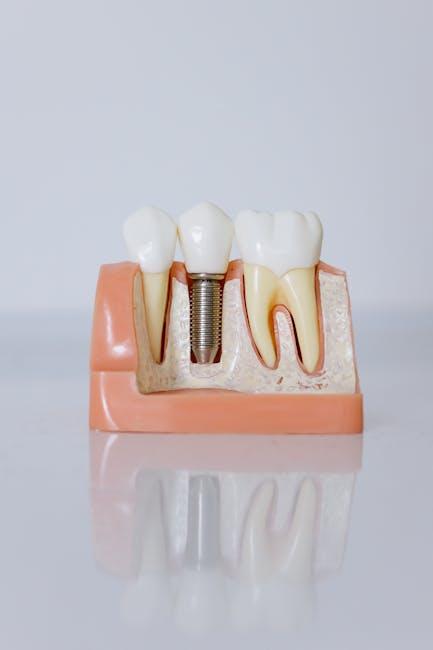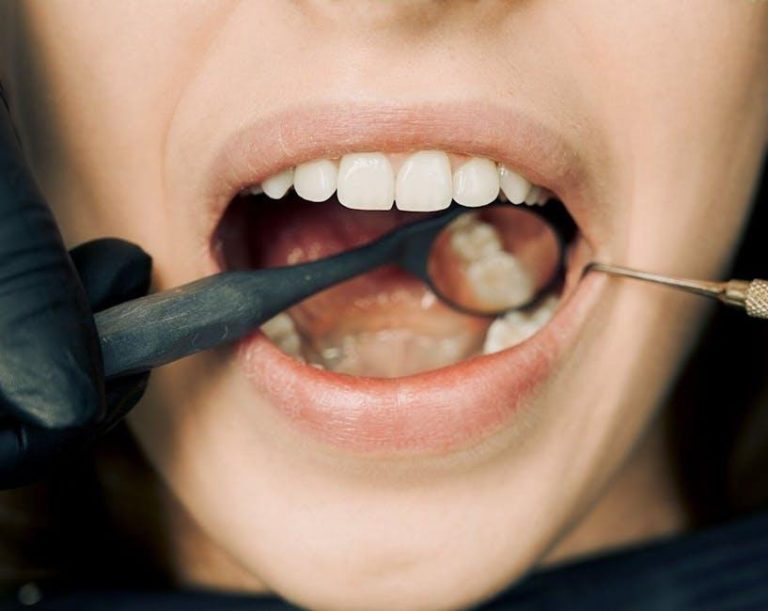
Emergency Assessment and Treatment Planning for Traumatic Dental Injuries – Insights from Moule 2016
Traumatic dental injuries (TDIs) are sudden, often unexpected events that require prompt and effective intervention to preserve oral health, function, and aesthetics. The study by Moule (2016), published in the Australian Dental Journal, provides an in-depth framework for emergency assessment and treatment planning of these injuries. This article dives into the key points from Moule’s comprehensive analysis, offering dental professionals and readers actionable insights and practical emergency management strategies.
Understanding Traumatic Dental Injuries
Before diving into emergency protocols, it’s essential to understand what constitutes a traumatic dental injury. TDIs encompass a wide range of conditions resulting from direct or indirect trauma to teeth and supporting structures:
- Concussion and subluxation
- Fractures of enamel, dentin, and pulp
- Luxation injuries (intrusion, extrusion, lateral displacement)
- Avulsion (complete displacement of a tooth)
Rapid and accurate assessment is critical to improving prognosis and reducing long-term complications such as pulp necrosis or root resorption.
Key Steps in Emergency Assessment of Traumatic Dental Injuries
Moule (2016) emphasizes a structured approach to emergency assessment, involving thorough clinical and radiographic evaluation. Here are the recommended steps:
1. Patient History and Initial Examination
- Identify the cause and time of injury: Understand the mechanism to anticipate potential damage.
- Ascertain extraoral damage: Look for facial fractures or soft tissue injury.
- Check patient’s systemic condition: Rule out head injury or concussion.
2. Clinical Examination
- Evaluate tooth mobility, displacement, and occlusion.
- Inspect for crown fractures and pulpal exposure.
- Assess soft tissue lacerations or hematomas.
- Perform pulp sensitivity tests where feasible.
3. Radiographic Assessment
- Use periapical and occlusal radiographs to detect root fractures, alveolar bone damage, and tooth displacement.
- Interpret findings carefully to inform treatment decisions.
Treatment Planning Principles from Moule’s 2016 Framework
Once the assessment is complete, creating an effective treatment plan is paramount. Moule outlines key principles to guide management, focusing on tooth preservation, functional recovery, and minimizing complications.
Goals of Treatment
- Reposition and stabilize displaced teeth
- Protect exposed pulpal tissue and restore fractured crowns
- Control pain and infection
- Prevent long-term sequelae such as root resorption or ankylosis
Emergency Treatment Protocol Overview
| Injury Type | Recommended Emergency Treatment | Notes |
|---|---|---|
| Concussion/Subluxation | Observation; splint if mobile | Monitor pulp vitality regularly |
| Enamel/Dentin Fracture | Seal exposed dentin with resin or glass ionomer | Provide analgesics if needed |
| Luxation (Extrusion, Lateral Displacement) | Reposition teeth; stabilise with flexible splint | Follow-up pulp testing essential |
| Avulsion | Reimplant ASAP; splint for 1-2 weeks | Administer systemic antibiotics; tetanus prophylaxis |
| Root Fracture | Stabilise tooth; monitor pulp status | May require endodontic treatment later |
Benefits of Structured Emergency Treatment Planning
Implementing Moule’s 2016 approach provides critical advantages for both clinicians and patients:
- Improved Prognosis: Structured assessment and timely intervention increase tooth survival rates.
- Standardized Care: Consistent steps reduce variability in treatment outcomes.
- Informed Decision-Making: Radiographic and clinical findings guide appropriate interventions.
- Patient Confidence: Clear communication and effective management reduce anxiety and enhance compliance.
Practical Tips for Dental Professionals Handling TDIs
- Act Quickly: Early treatment, especially for avulsed teeth, is crucial.
- Maintain a Calm Demeanor: Patients (often children) will respond better to calm, clear instructions.
- Use Flexible Splinting: Allows physiological tooth movement and promotes healing.
- Follow-Up is Key: Schedule regular pulp vitality tests and radiographs to monitor healing.
- Educate Patients and Guardians: Provide home care instructions and signs to watch for complications.
Case Study: Applying Moule’s Protocol in a Clinical Scenario
Patient: A 12-year-old boy with an avulsed maxillary central incisor following a sports injury.
Emergency Assessment: Immediate examination revealed the tooth was stored in milk for 30 minutes. Soft tissue had minor abrasions, and no signs of head trauma were present.
Treatment Plan:
- Reimplant the avulsed tooth promptly.
- Apply a flexible splint for 2 weeks to stabilize the tooth.
- Prescribe systemic antibiotics to prevent infection.
- Provide tetanus prophylaxis.
- Schedule pulp vitality tests and follow-up radiographs.
Outcome: After 6 months, the tooth remained vital with no signs of resorption or ankylosis — demonstrating the efficacy of meticulous emergency treatment planning as outlined by Moule (2016).
Conclusion
Moule’s 2016 research, as published in the Australian Dental Journal, offers invaluable guidance for emergency assessment and treatment planning for traumatic dental injuries. By adhering to a systematic evaluation protocol, utilizing appropriate radiographs, and implementing timely, goal-focused interventions, dental professionals can significantly improve patient outcomes. Whether managing simple enamel fractures or complex avulsions, embracing these best practices results in better preservation of dental structures, reduced complications, and enhanced patient care. Stay informed, act swiftly, and always prioritize evidence-based strategies when treating dental trauma emergencies.


